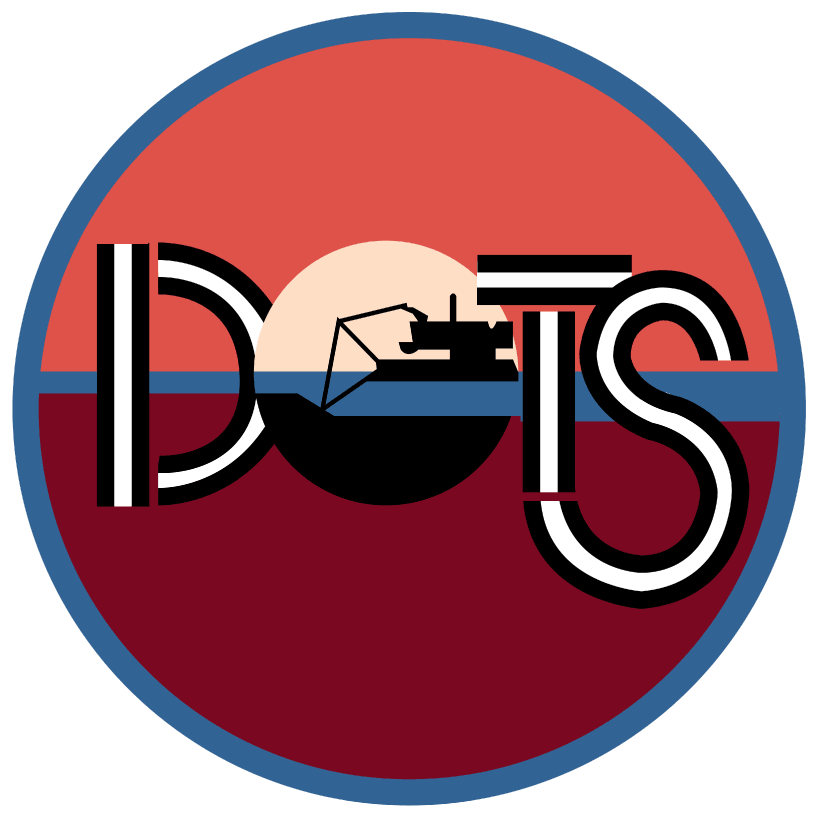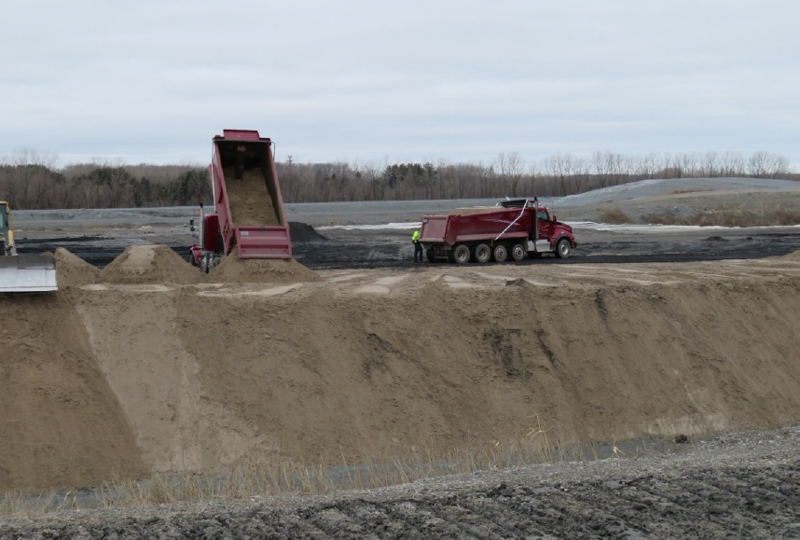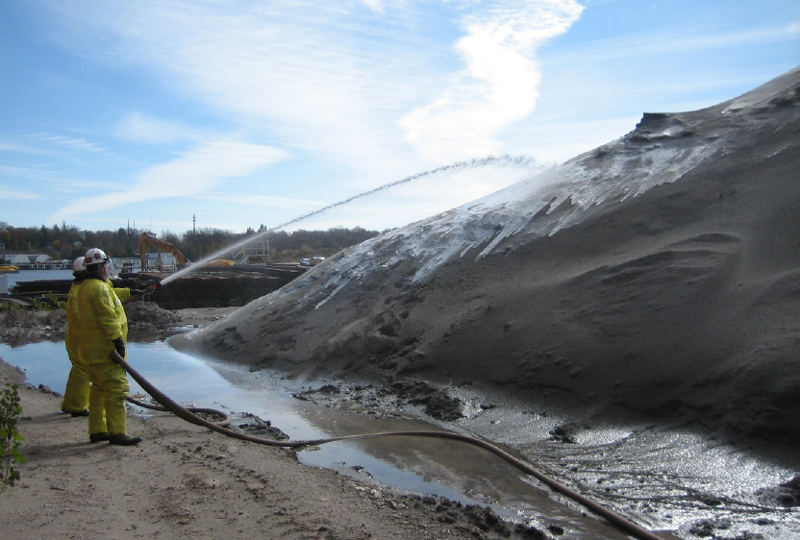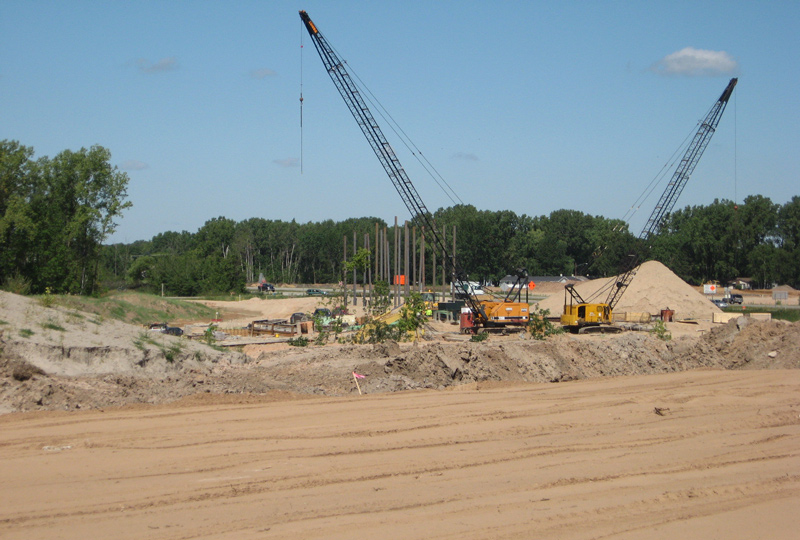LOWER FOX RIVER PCB SEDIMENT REMEDIATION PROJECT

- Title: Lower Fox River PCB Sediment Remediation Project
- State: Wisconsin
- Project type: Wisconsin Department of Natural Resources
- Greater Beneficial Use Area: Brown, Calumet, Outagamie and Winnebago Counties, Wisconsin
- Focus Area approximate center coordinates: 44.3603, -88.1436
- Nearest Federal Navigation Project: Green Bay Harbor/Fox River
- Owner: Wisconsin Department of Natural Resources
- Beneficial Use Categories: Construction and Industrial/Commercial Uses
- Dredge type: Hydraulic
- Status: Completed
- Keywords: river cleanup, NRDA, dredged sediment, solids separation, PCBs, fish consumption
Description:
The Fox River is the principal tributary of Green Bay in Lake Michigan and plays a critical role in Wisconsin's economy as one of the largest freshwater estuaries in the world. Fox River provides habitat for wildlife and fisheries and supports industry and agriculture.
Production and recycling of "carbonless copy paper" invented in the 1950s led to releases of polychlorinated biphenyls (PCBs) in wastewater discharged from paper recycling mills. PCBs accumulated and persisted in river sediments and migrated into the food chain, which led the US Environmental Protection Agency (USEPA) and Wisconsin Department of Natural Resources (WDNR) to require cleanup of contaminated sediment.
In 1998, the USEPA proposed adding the Lower Fox River and Green Bay to the list of Superfund sites to be cleaned up in accordance with the federal Comprehensive Environmental Response, Compensation, and Liability Act (CERCLA), also known as Superfund. Although the Fox River was not formally listed as a Superfund site, the federal government issued a CERCLA cleanup order to remediate sediment with PCBs greater than 1 part per million. Funding for the Lower Fox River PCB cleanup was provided by $1 billion of settlements paid by responsible parties.
WDNR led the cleanup effort and oversaw a Remedial Investigation and Feasibility Study to determine the optimal remediation strategy. This strategy included dredging, capping, and sand covering. To reduce sediment transportation expenses to the landfill, the project team developed innovative methods to decrease the sediment’s mass intended for disposal. Notably, “Solids Separation” technology effectively separated clean sandy sediments from contaminated counterparts, enabling the beneficial use of the reclaimed sand.
From 2004 to 2020, the contractor team remediated 39 miles of the Lower Fox River. For the dredged sections around 6.5 million cubic yards of sediments were hydraulically pumped to a riverside facility for further processing. Due to PCB’s tendency to preferentially bind to finer silt and clay particles, the separated sand could be repurposed. Throughout the 17-year remediation project, most of the clean sand stored was utilized in local road construction projects. This approach substantially reduced waste volume by 56% compared to the original riverbed sediment. Since 2006, PCB concentrations in Lower Fox River water have decreased by 90% and concentrations in sediment have decreased by 80-90%. USEPA formally certified the cleanup complete in October 2022 and Wisconsin certified completion in early 2023. However, long-term monitoring will continue for decades.
In summary, the remediation of contaminated sediments not only enhanced the ecological quality of the Lower Fox River and Green Bay but also showcased the feasibility and efficiency of isolating uncontaminated elements from dredged sediment for advantageous applications, offering a cost-effective alternative to landfill disposal. The Lower Fox River PCB cleanup, one of the world's largest undertakings of its kind, effectively mitigated risks to both human health and the environment while supplying sand for local public works use. This endeavor serves as a blueprint for achieving remediation objectives while implementing beneficial use tactics to minimize costs and waste.
Gallery:
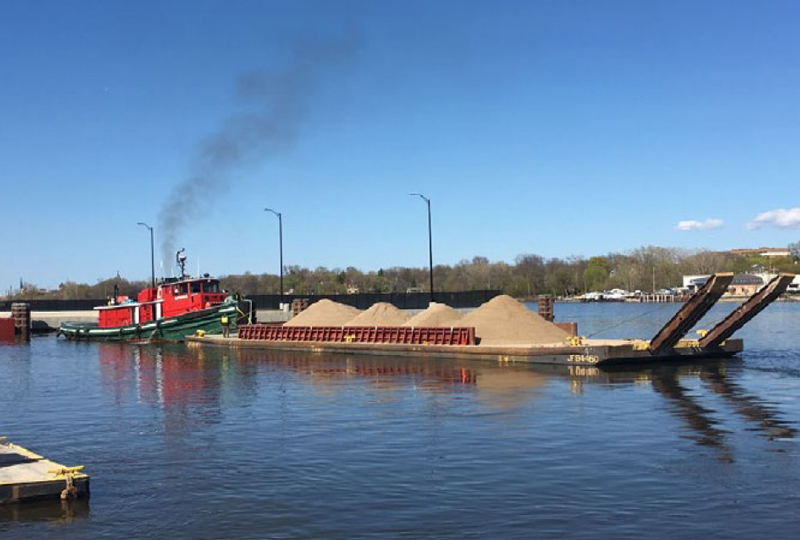
Gallery:
Further readings:
- Feeney R, Lammers B, Smith G. (2011). Cleanup of the Lower Fox River, Wisconsin Operable Units 2 – 5. Terra et Aqua. 122:3–10.
- Fox River Trustee Council. (2021). Restoration Progress Report for the Lower Fox River and Green Bay Natural Resource Damage Assessment. April.
- USEPA. (2019). Third Five-Year Review Report for Fox River NRDA/PCB Releases Superfund Site a.k.a. Lower Fox River and Green Bay Superfund Site, Brown, Door, Marinette, Oconto, Outagamie, Kewaunee, and Winnebago Counties, Wisconsin. November 25.
- WDNR. (2021). The Fox River Cleanup Project: All Dredging, Capping and Covering Completed in 2020.
Website links:
Videos:
Boskalis Environmental & Spri – Green Bay Fox River Cleanup. YouTube, Uploaded by Boskalis, 26 June 2020.
Fox River/Green Bay NRDA – History. YouTube, Uploaded by CESA 7 Communications, 24 October 2016.
News releases:
- Holmes. (2023). Lower Fox River PCB Cleanup Project Officially Complete. Wisconsin Examiner.
- WDNR. (2020). Historic Cleanup of Lower Fox River Completed After 17 Years.
